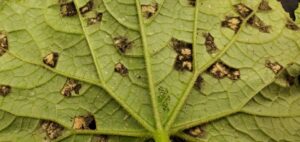The United States Department of Agriculture (USDA) has a new program to offset some expenses related to preparing for the food safety requirements. The “Food Safety Certification For Specialty Crops” (FSCSC) will cost share expenses for:
- Developing a food safety plan for first-time food safety certification.
- Maintaining or updating an existing food safety plan.
- Food safety certification.
- Certification upload fees.
- Microbiological testing for products, soil amendments and water.
- Training.
The FSCSC application period for 2022 is June 27, 2022, through January 31, 2023, and the application period for 2023 will be announced at a later date. Farm Service Agency will issue payments at the time of application approval for 2022 and after the application period ends for 2023. If calculated payments exceed the amount of available funding, payments will be prorated.
Interested specialty crop producers can apply by completing the FSA-888, Food Safety Certification for Specialty Crops Program (FSCSC) application. The application, along with other required documents, can be submitted to the FSA office at any USDA Service Center nationwide by mail, fax, hand delivery or via electronic means. Producers can visit farmers.gov/service-locator to find their local FSA office. Specialty crop producers can also call 877-508-8364 to speak directly with a USDA employee ready to assist.
Farm Storage Facility Loans
A second program that has been available for several years is the farm storage loan program. This covers cold storage construction along with equipment in a packing operations such as baggers, brush polishers, bulk bin tippers, cement flooring, circulation fans, dip tanks, conveyors, graders, refrigeration units, sizers, sorting bins and tables, trucks, washers, waxers, etc. A grower may borrow up to $500,000 for up to 12 years. If an operation needs to make major changes in a packinghouse or needs a refrigerated truck this program is worth considering. Contact your local FSA office for details.
RAM-AMS Harmonized GAP Assistance Program
The USDA Risk Management Agency (RMA) and USDA Agricultural Marketing Service (AMS) covers the cost of voluntary USDA Harmonized GAP and Harmonized Plus audits. This is only available for growers, producer cooperatives and food hubs. Once the audit is completed USDA will generate a bill to the auditee which summarizes the cost and then show a credit for the same amount. The funds will cover 100% of the audit fees. These funds are available for 2022 which may be the last year of availability.

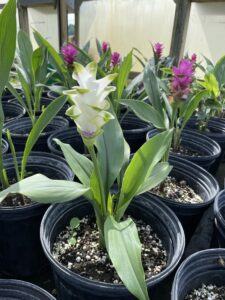
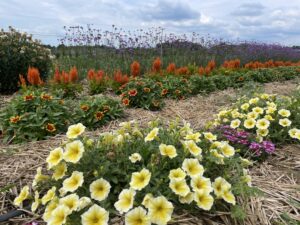
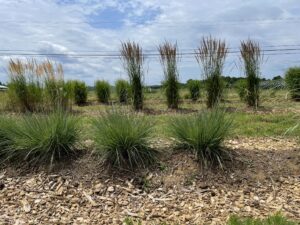
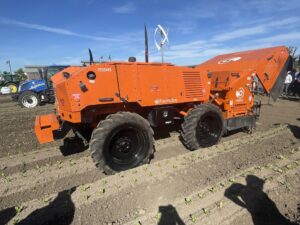
 Weed management in vegetables can be difficult due to a shrinking labor pool, which is becoming more costly to source, and a lack of effective herbicides. Research and extension efforts must focus on integrating novel weed technology into current crop production systems. Autonomous and semi-autonomous robotic weed control technology has been implemented by some vegetable growers, mainly in the Western US, but is not universally available to or adapted by many producers. This survey is designed to new tools of interest (e.g. precision sprayers or cultivators, electrical weeders, drones, etc.) for managing weeds in cole crop and leafy green systems as well as the environmental, physical and economic barriers to adoption. The results of this survey will benefit vegetable growers by enabling the research team to develop relevant and realistic research efforts informed by the needs of and constraints faced by our local stakeholders. Specifically, we will use survey data to develop a multi-regional USDA grant proposal to bring grower-specified technology to each our states for evaluation and demonstration under a variety of commercial conditions and provide growers with an economic assessment of their performance relative to current best management practices.
Weed management in vegetables can be difficult due to a shrinking labor pool, which is becoming more costly to source, and a lack of effective herbicides. Research and extension efforts must focus on integrating novel weed technology into current crop production systems. Autonomous and semi-autonomous robotic weed control technology has been implemented by some vegetable growers, mainly in the Western US, but is not universally available to or adapted by many producers. This survey is designed to new tools of interest (e.g. precision sprayers or cultivators, electrical weeders, drones, etc.) for managing weeds in cole crop and leafy green systems as well as the environmental, physical and economic barriers to adoption. The results of this survey will benefit vegetable growers by enabling the research team to develop relevant and realistic research efforts informed by the needs of and constraints faced by our local stakeholders. Specifically, we will use survey data to develop a multi-regional USDA grant proposal to bring grower-specified technology to each our states for evaluation and demonstration under a variety of commercial conditions and provide growers with an economic assessment of their performance relative to current best management practices.
